Pointed Saltbush
Display all 9 images
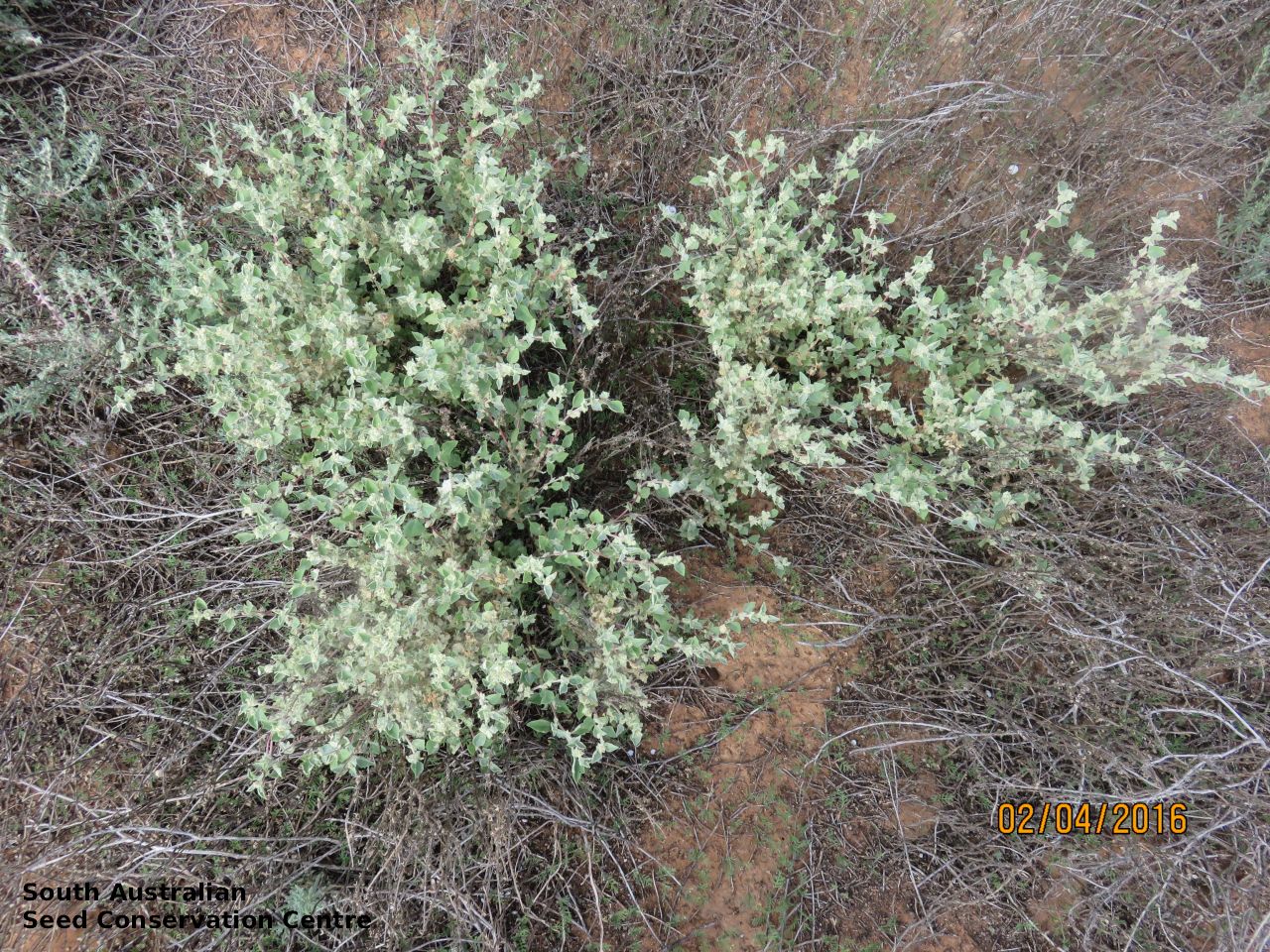



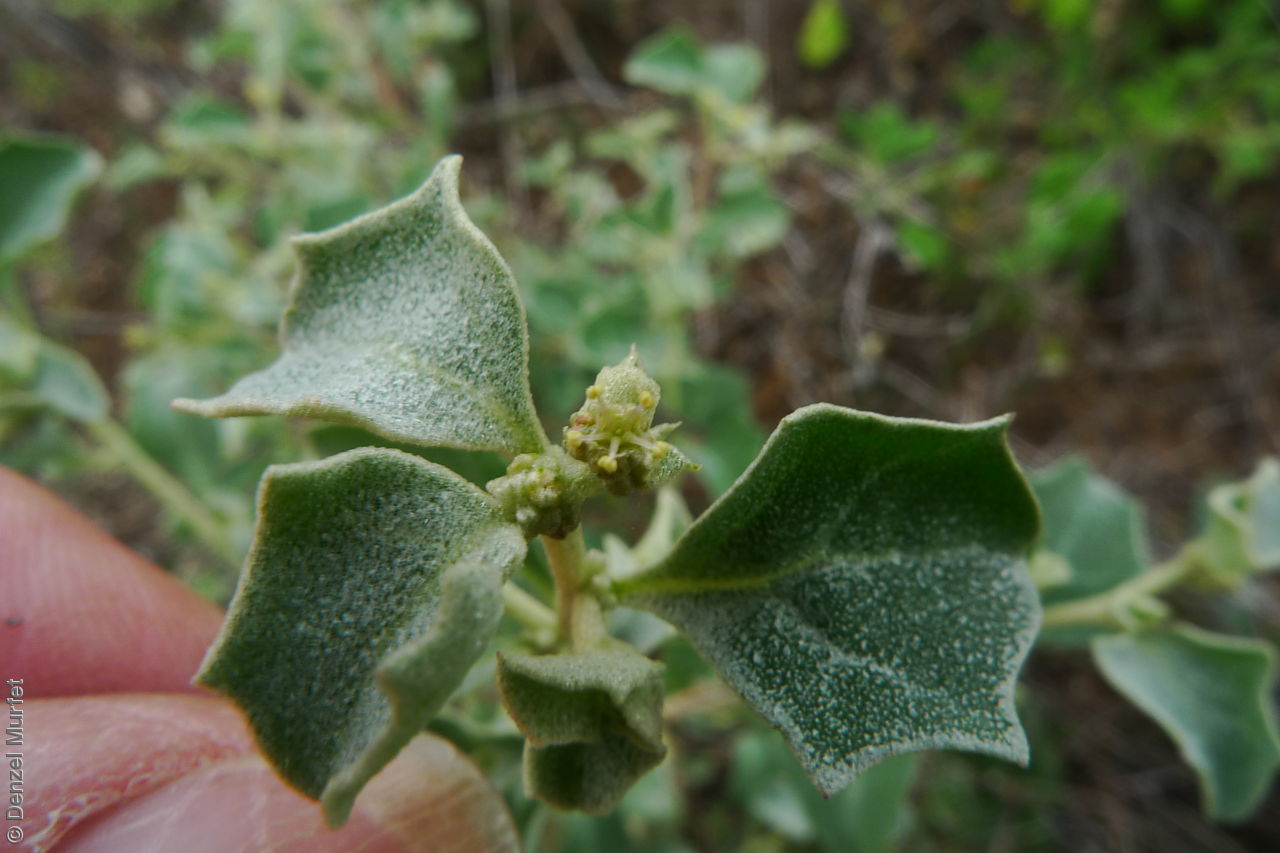

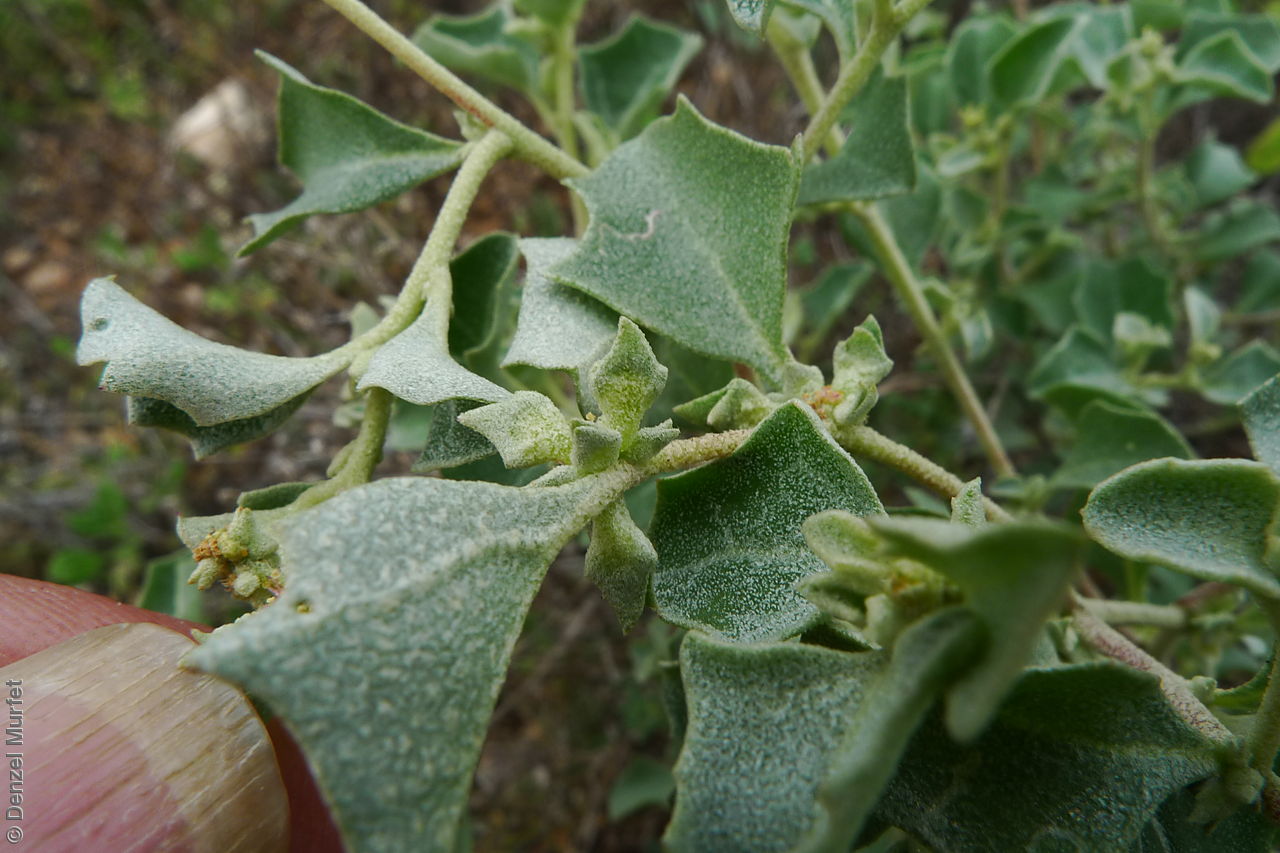
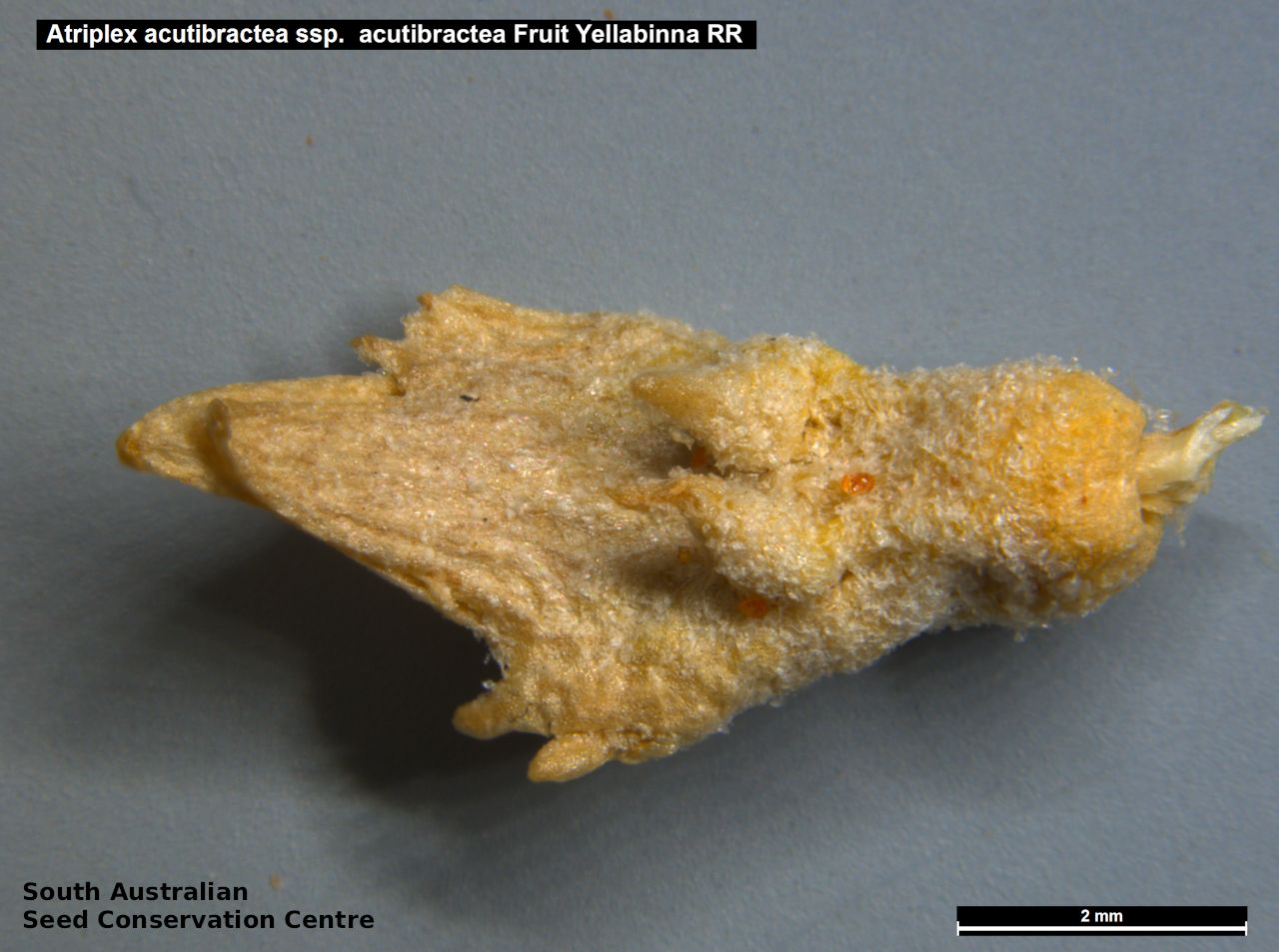
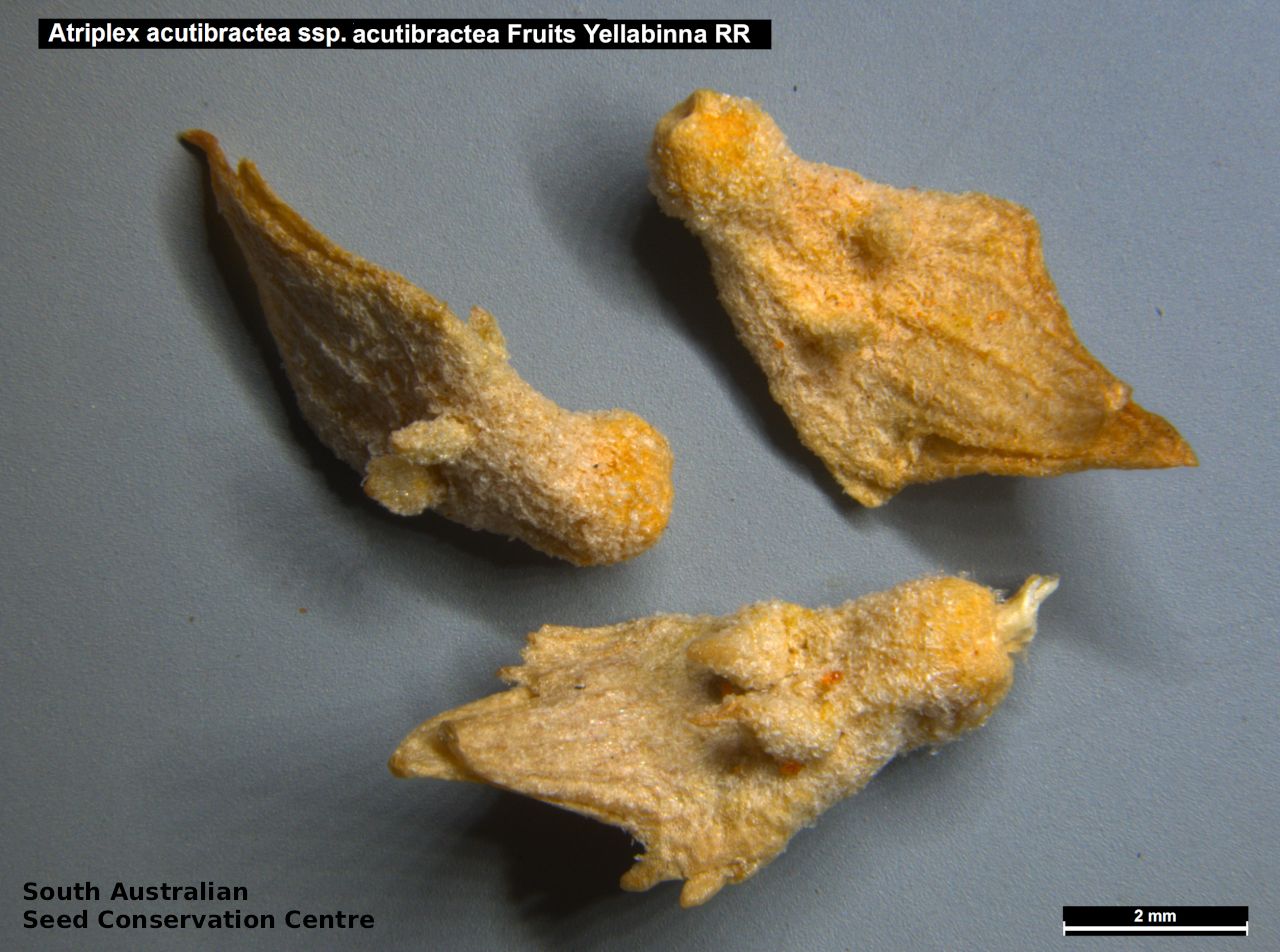
Regional Species Conservation Assessments per IBRA subregion.

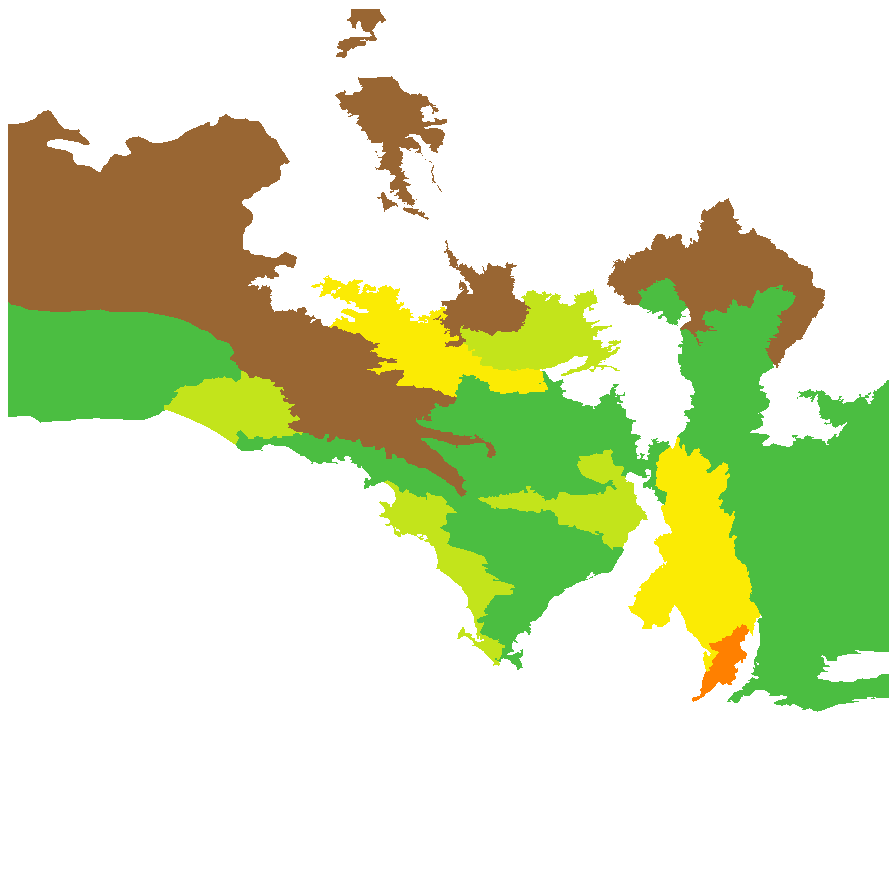
Least concern
Near threatened
Rare
Vulnerable
Endangered
Critically endangered
Extinct
Data deficient
Adelaide
Arkaroola
Ceduna
Coober Pedy
Hawker
Innamincka
Marla
Marree
Mount Gambier
Oodnadatta
Renmark
Wudinna
Keith
Yunta
Display IBRA region text
| Mount Lofty Ranges (FLB01) | Flinders Lofty Block | Endangered (IUCN: EN B2ab(i,ii,iii)) (Probable Decline) [coastal sp; used to occur along cliffs] |
| Broughton (FLB02) | | Vulnerable (IUCN: VU B2ab(i,ii,iii)) (Probable Decline) [Grows with M swedifolia in arid regions] |
| Olary Spur (FLB03) | | Least Concern [Grows with M swedifolia in arid regions] |
| Southern Flinders (FLB04) | | Vulnerable (IUCN: VU B2ab(i,ii,iii)) (Probable Decline) [Grows with M swedifolia in arid regions] |
| Northern Flinders (FLB05) | | Least Concern [grows along roadsides] |
| Central Flinders (FLB06) | | Least Concern [grows along roadsides] |
| St Vincent (EYB02) | Eyre Yorke Block | Vulnerable (IUCN: VU B2ab(i,ii,iii)) (Probable Decline) [Grows with M swedifolia in arid regions] |
| Eyre Hills (EYB03) | | Least Concern [calcareous soils] |
| Talia (EYB04) | | Near Threatened |
| Eyre Mallee (EYB05) | | Least Concern |
| South Olary Plain (MDD01) | Murray Darling Depression | Least Concern [common after rain, short-lived] |
| Murray Mallee (MDD02) | | Least Concern [common after rain, short-lived] |
| Braemer (MDD07) | | Least Concern [Grows with M swedifolia in arid regions] |
| Murray Scroll Belt (RIV06) | Riverina | Least Concern [common after rain, short-lived] |
| Myall Plains (GAW01) | Gawler | Near Threatened [grazing a threat] |
| Gawler Volcanics (GAW02) | | Least Concern |
| Gawler Lakes (GAW03) | | Data Deficient |
| Kingoonya (GAW05) | | Vulnerable (IUCN: VU B2ab(i,ii)) (Definite Decline) |
| Roxby (GAW07) | | Near Threatened [grows along roadsides] |
| Maralinga (GVD03) | Great Victoria Desert | Rare (IUCN: RA d(ii)) |
| Yellabinna (GVD06) | | Rare (IUCN: RA d(ii)) [limited habitat] |
| Carlisle (NUL01) | Nullarbor | Rare (IUCN: RA d(ii)) |
| Nullarbor Plain (NUL02) | | Least Concern |
| Yalata (NUL03) | | Near Threatened |
| Barrier Range (BHC01) | Broken Hill Complex | Least Concern [Grows with M swedifolia in arid regions] |
| Barrier Range Outwash (BHC04) | | Least Concern [Grows with M swedifolia in arid regions] |
| Bimbowrie (BHC05) | | Least Concern [Grows with M swedifolia in arid regions] |
| Breakaways (STP01) | Stony Plains | Rare (IUCN: RA d(ii)) [grows along roadsides] |
| Murnpeowie (STP03) | | Rare (IUCN: RA d(ii)) |
| 6 of 6 subregions | Flinders Lofty Block | Least Concern , Vulnerable , Endangered |
| 4 of 5 subregions | Eyre Yorke Block | Least Concern , Near Threatened , Vulnerable |
| 3 of 6 subregions | Murray Darling Depression | Least Concern |
| Murray Scroll Belt (RIV06) | Riverina | Least Concern [common after rain, short-lived] |
| 5 of 8 subregions | Gawler | Least Concern , Near Threatened , Vulnerable , Data Deficient |
| 2 of 4 subregions | Great Victoria Desert | Rare |
| 3 of 3 subregions | Nullarbor | Least Concern , Near Threatened , Rare |
| 3 of 4 subregions | Broken Hill Complex | Least Concern |
| 2 of 7 subregions | Stony Plains | Rare |
Botanical art
Kath Alcock paintings: 4
Prior names
Atriplex acutibractea ssp. whyallensis, nom.illeg.
Atriplex leptocarpa var. acuminata
Etymology
Atriplex from the Latin 'atriplexum' meaning an orach, a saltbush, an Ancient Latin name for this plant. Acutibractea from the Latin 'acutus' meaning sharp or pointed and 'bractea' meaning bracts, referring to the pointed bracteoles.
Distribution and status
Found across the semi-arid regions of South Australia, growing in various habitats most frequently in mallee on red earth soils or limestone-rich sandy soils. Also found in Western Australia, New South Wales and Victoria. Native. Common in South Australia. Rare in Victoria. Uncommon in new South Wales. Common in Western Australia.
Herbarium regions: North Western, Lake Eyre, Nullarbor, Gairdner-Torrens, Flinders Ranges, Eastern, Eyre Peninsula, Murray, Yorke Peninsula, Southern Lofty, Green Adelaide
NRM regions: Adelaide and Mount Lofty Ranges, Alinytjara Wilurara, Eyre Peninsula, Northern and Yorke, South Australian Arid Lands, South Australian Murray-Darling Basin
AVH map: SA distribution map (external link)
Plant description
Monoecious, erect short lived perennial shrub to 50 cm with intricately, stiff tangled branches covered in grey, mealy hairs. Leaves sessile or with short petioles; lamina usually more or less flat, to 30 mm long. Flowers in clusters, axillary or forming short interrupted spikes, yellowish-green. Flowering between July to October. Fruiting bracteoles oblong with steeply pointed apex, to 8 mm long with a narrow to stout pedicel. Seeds are brown, circular convex. Seed embryo type is peripheral. This subspecies can be distinguish from the other subspecies found in South Australia, A. acutibractea ssp. karoniensis which have leaves more or less folded to 10 mm long, fruiting bracteoles subsessile, swollen, oblong to narrow-deltoid, to 4 mm long, truncate with a short central triangular lobe or minutely 3-toothed and appendages absent or represented by a pair of small tubercles on each bracteole.
Seed collection and propagation
Collect seeds between October and January. Collect ripe straw coloured fruits, check that they contain viable seeds. Fruits can be collected directly from the bush or from the ground underneath. Remove twigs and other plant material. Place the fruits in a tray and leave to dry for one to two weeks. No cleaning is required if only the fruits are collected. The seed can be stored in the fruit or can be cleaned further. Rub the fruit gently by hand to dislodge the seeds. Use a sieve to separate the unwanted material. Store the seeds with a desiccant such as dried silica beads or dry rice, in an air tight container in a cool and dry place. Seed viability can be high but seed availability can be low.










